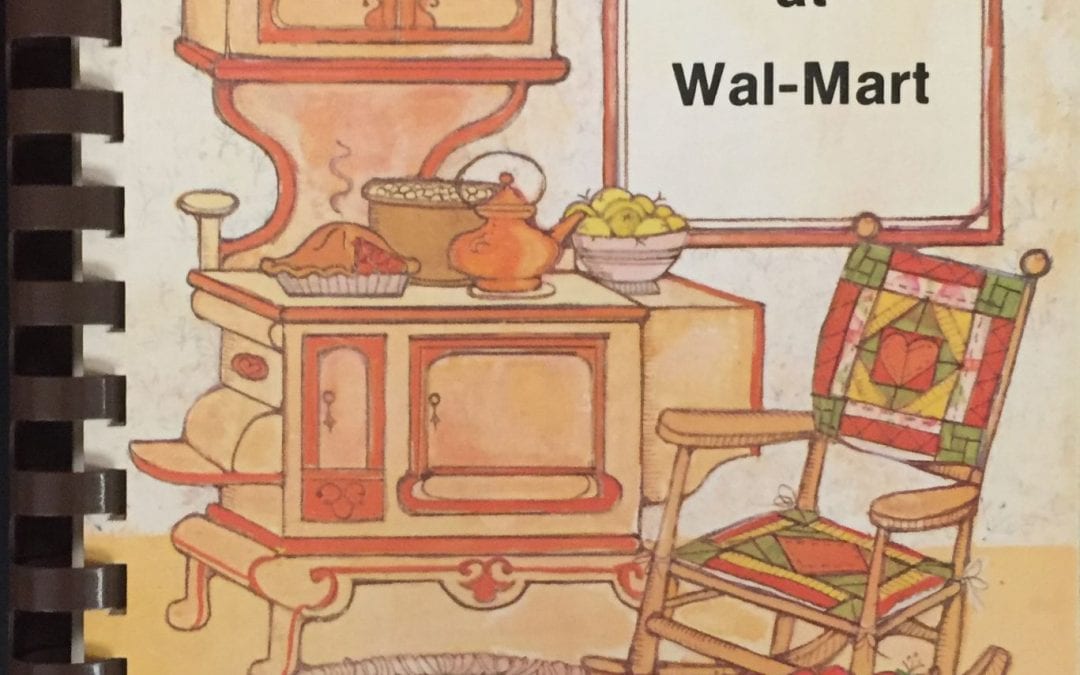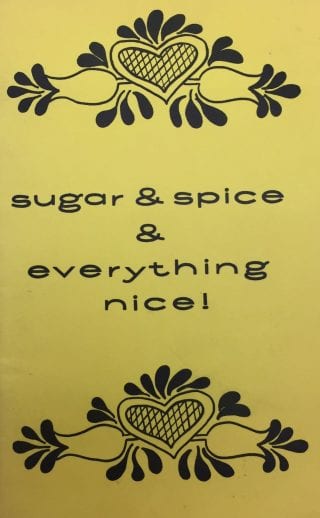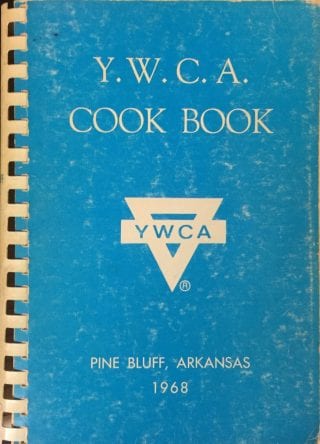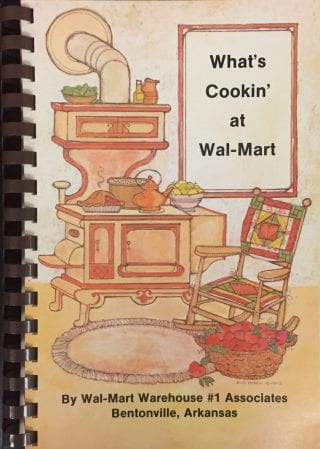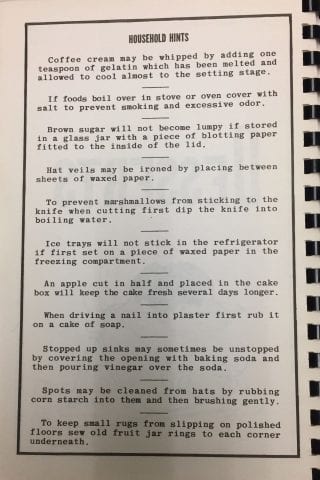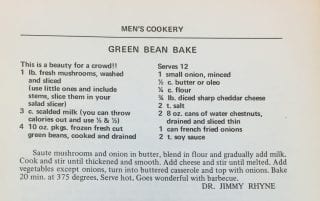Claude E. Johnson’s Grandma’s Vittle Recipe Folio, published in 1947 in Beebe, Arkansas, provides the words of wisdom that inspired this blog post’s title: when cooking, “as a rule it’s best to follow a recipe.” Grandma’s Vittle Recipe Folio 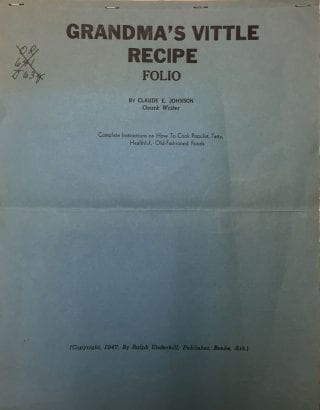 is a community cookbook, one of over a thousand housed in the Arkansas Collection at the University of Arkansas Special Collections department. The cookbooks in the collection come from different communities all over the state of Arkansas and were created during the past century. These community cookbooks provide a fascinating window into the culinary and social history of the state.
is a community cookbook, one of over a thousand housed in the Arkansas Collection at the University of Arkansas Special Collections department. The cookbooks in the collection come from different communities all over the state of Arkansas and were created during the past century. These community cookbooks provide a fascinating window into the culinary and social history of the state.
Community cookbooks are a legacy of the Civil War, when women’s groups produced charity cookbooks, sold to members of their communities, to fund relief work (visit the Feeding America online exhibition for more information on the history of community cookbooks). After the Civil War ended, community cookbooks continued, with women’s groups from churches and social groups creating cookbooks to help support causes in their community. As community cookbooks grew in popularity, more groups began producing them. The Arkansas Collection provides examples of the wide range of communities that have produced cookbooks, including women’s auxiliary groups, 4H clubs, Girl Scout troops, the Y.W.C.A., and the associates of Wal-Mart Warehouse #1 in Bentonville, Arkansas.
Sugar & Spice & Everything Nice, ca. 1960
YWCA cook book
Recipes from a 4-H club
Girl Scout troop cookbook
Recipes from Wal-Mart Warehouse Associates
While the number and types of communities represented are varied in the collection, community cookbooks typically share common features. Community cookbooks tend to be fabricated on shoestring budgets. Many of the earliest examples were sewn together, with common binding techniques from the mid-century onwards including staples and spiral binding. Most community cookbooks don’t include color images as printing in color drives up production costs.
Another common feature are community recipes, with the recipe author signing his or her name and occasionally providing serving tips. Indeed, tips and tricks are so popular in community cookbooks that many include separate tips and tricks sections, which offer the reader ideas for managing the kitchen and the household. The tips and tricks evolved over time as common elements in houses changed. The household hints from the Woman’s Council at First Christian Church of Fayetteville provided tips in their 1948 cookbook for ironing hat veils, while the Warehouse #1 associates of Wal-Mart offered a full page of microwave hints in in 1983.
It’s not uncommon to find a proliferation of dessert recipes in community cookbooks, and quite a number also include recipes for the evergreen staple of Thanksgiving buffets–the green bean casserole. The green bean casserole recipe pictured below is from the Pine Bluff, Arkansas Y.W.C.A.’s 1968 cookbook.

A community cookbook from 1966, bound with plastic clips and a string tie.
How to iron a hat veil, 1948
How to use a microwave, 1983
Dr. Jimmy Rhyne provides his spin on the classic green bean casserole.
There is plenty of variation to be found in community cookbooks, however, particularly in the directions given. Some recipes include step-by-step instructions that a novice chef could follow; others leave a bit more to the imagination, like this recipe from 1947 for sweet potato pone that tells the cook to “bake in hot oven until done.” Ironically enough, this recipe comes from Grandma’s Vittle Recipe Folio, the same cookbook quoted at the beginning of this post, exhorting its readers to follow a recipe to achieve cooking success.
Recipe for sweet potato pone, minus the oven temperature and baking time.
Bon appétit!
